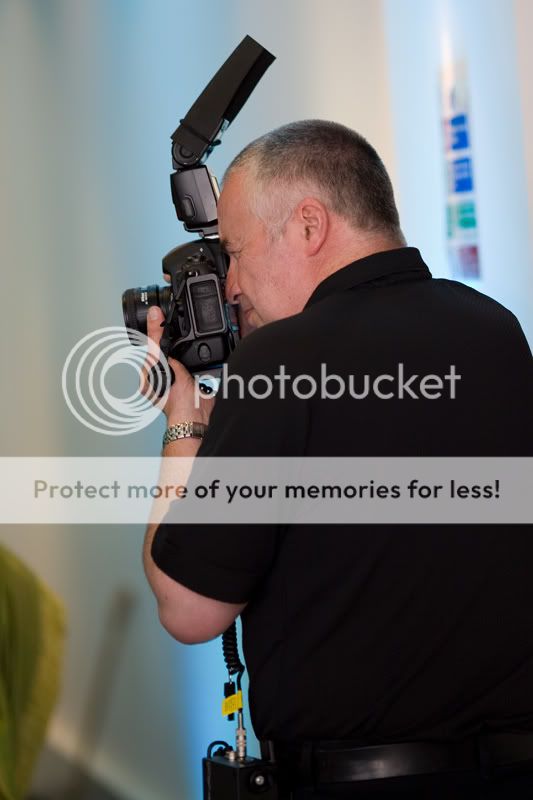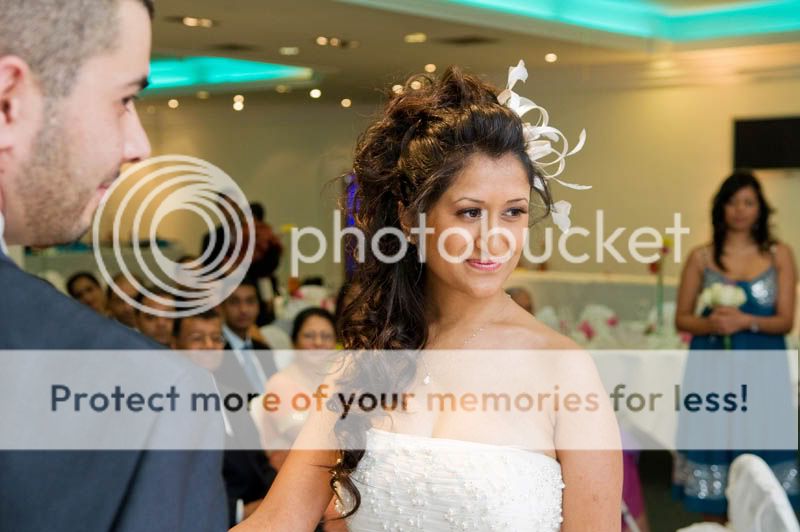- Messages
- 163
- Edit My Images
- No
Hi Guys,
I have a D700, a 24-70 and a 70-200 both 2.8.
I have been asked to shoot an indoor event, just a simple business conference.
I have done this in the past using a D200 with a speedlight and a slower 18-200 vr.
Do you think its now necessary to even bother with a speedlight given the high iso capabilities of my camera and speed of my glass?
I have a couple of SB28's but im considering leaving them in my bag.
What do you think?
Cheers in advance
I have a D700, a 24-70 and a 70-200 both 2.8.
I have been asked to shoot an indoor event, just a simple business conference.
I have done this in the past using a D200 with a speedlight and a slower 18-200 vr.
Do you think its now necessary to even bother with a speedlight given the high iso capabilities of my camera and speed of my glass?
I have a couple of SB28's but im considering leaving them in my bag.
What do you think?
Cheers in advance


